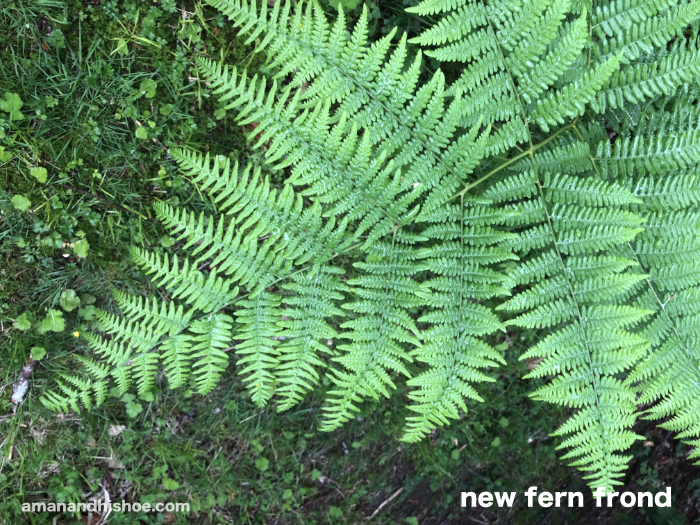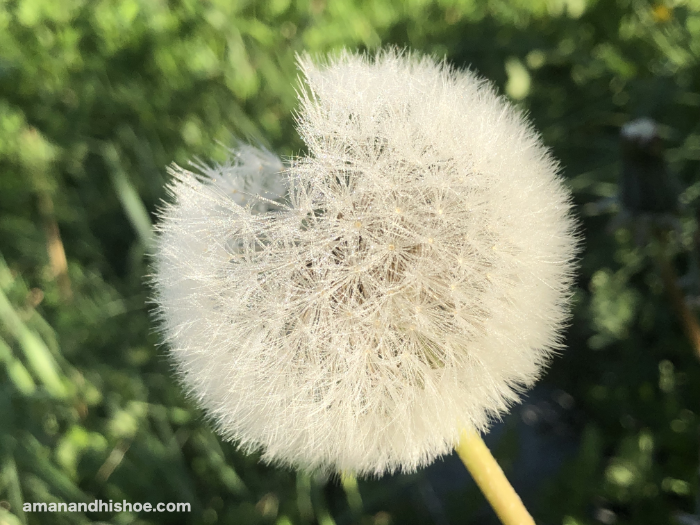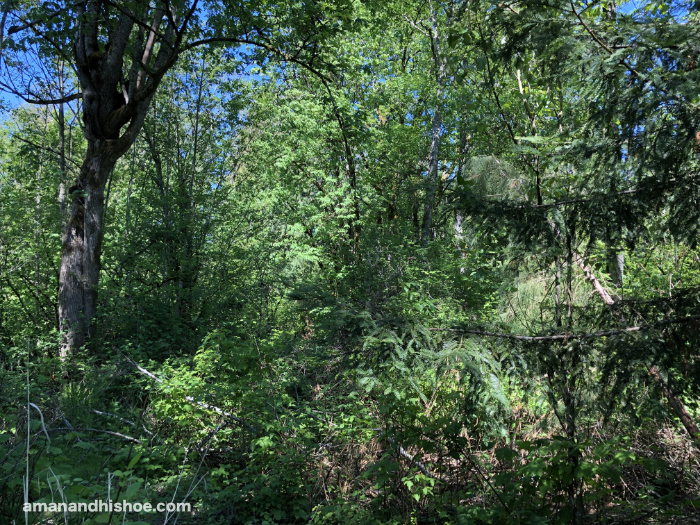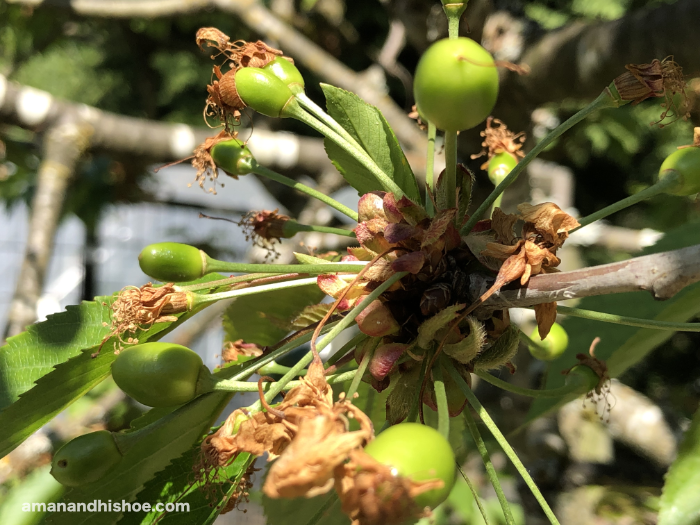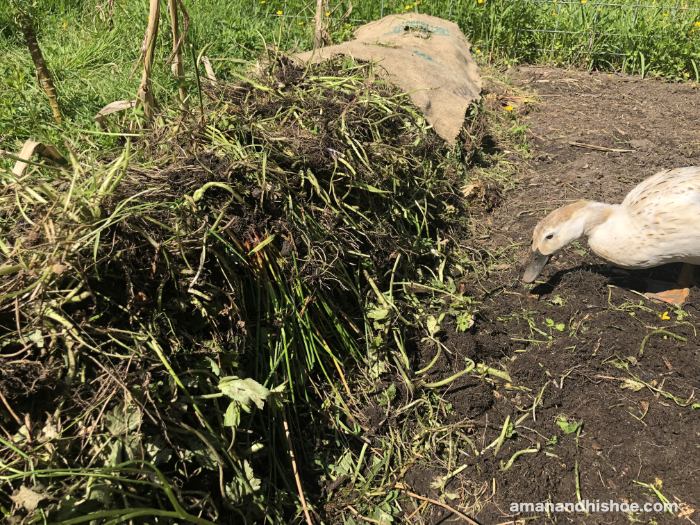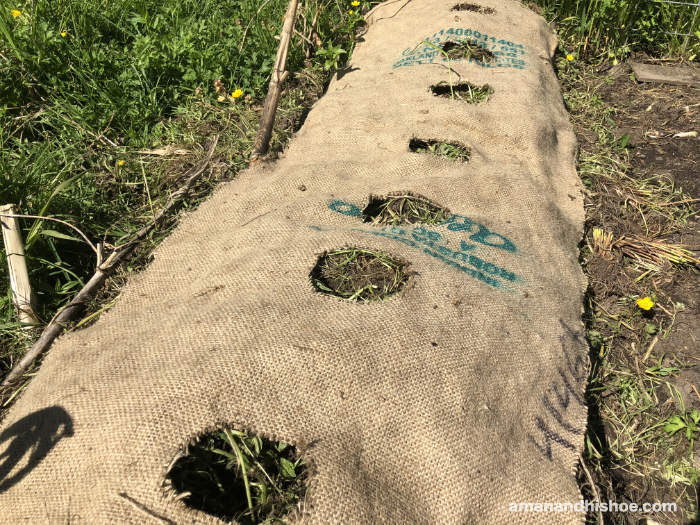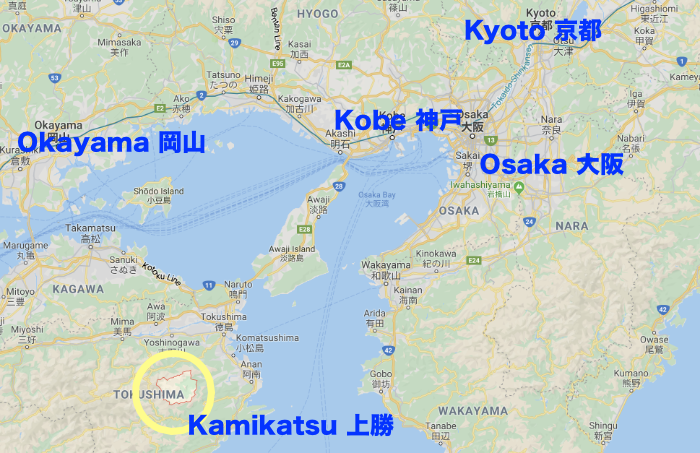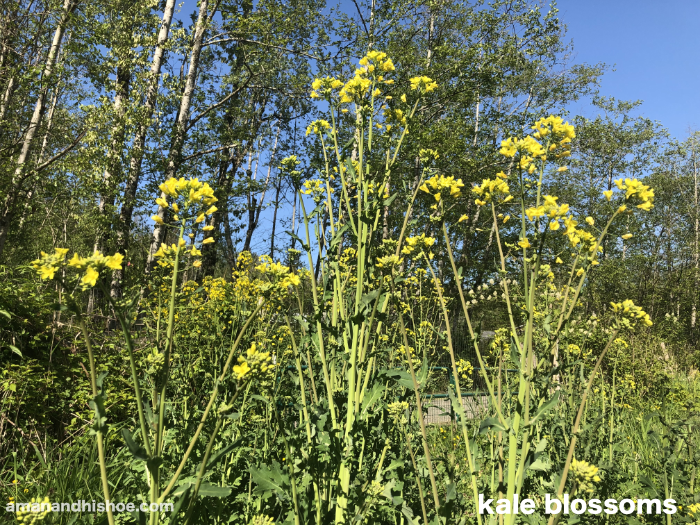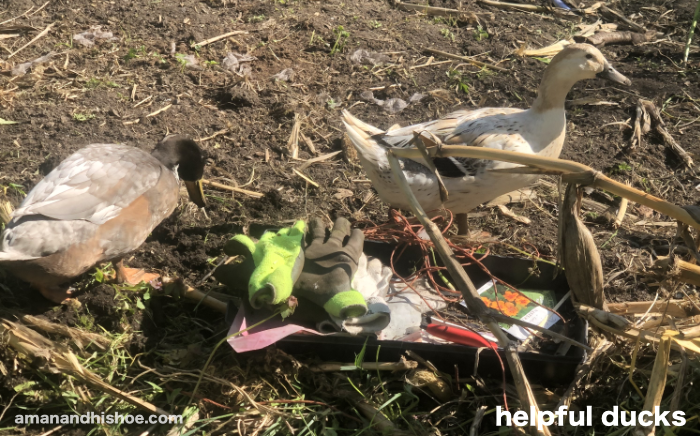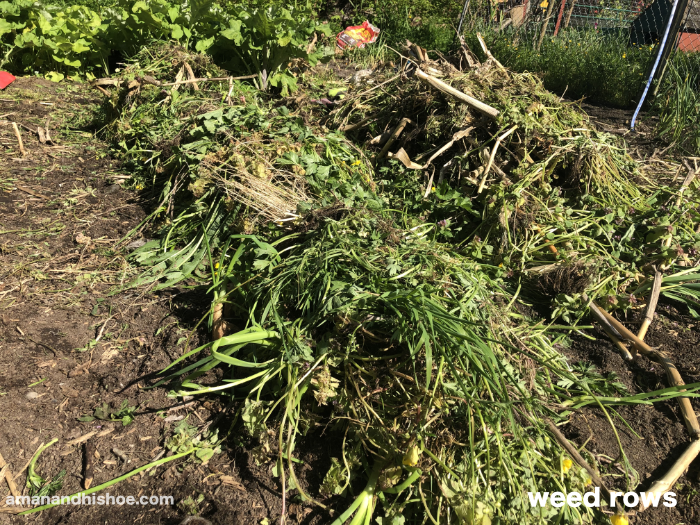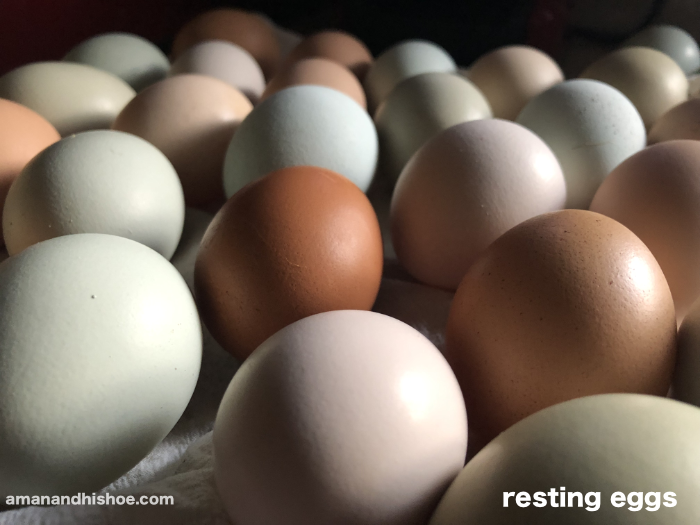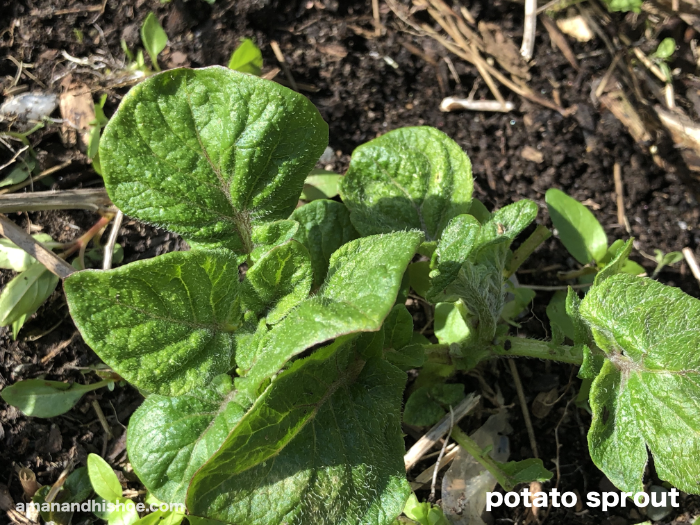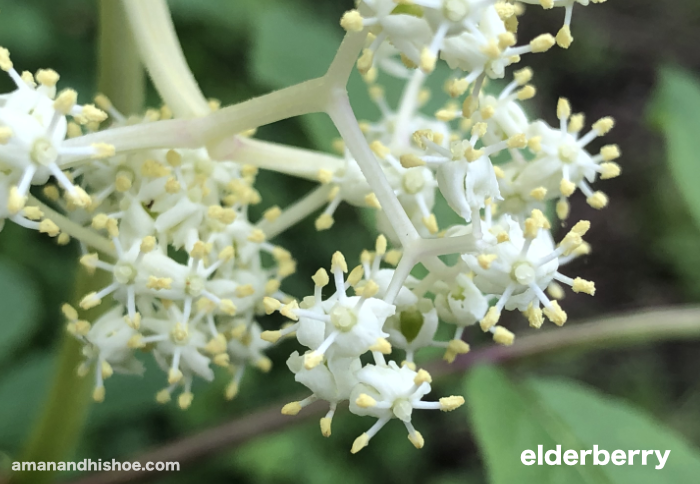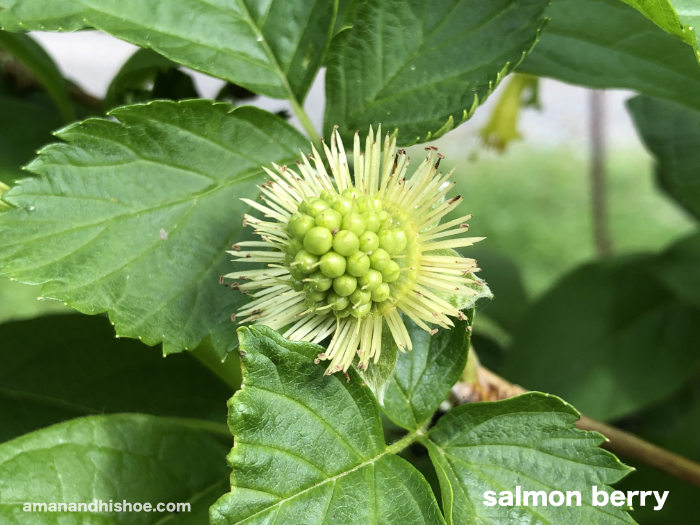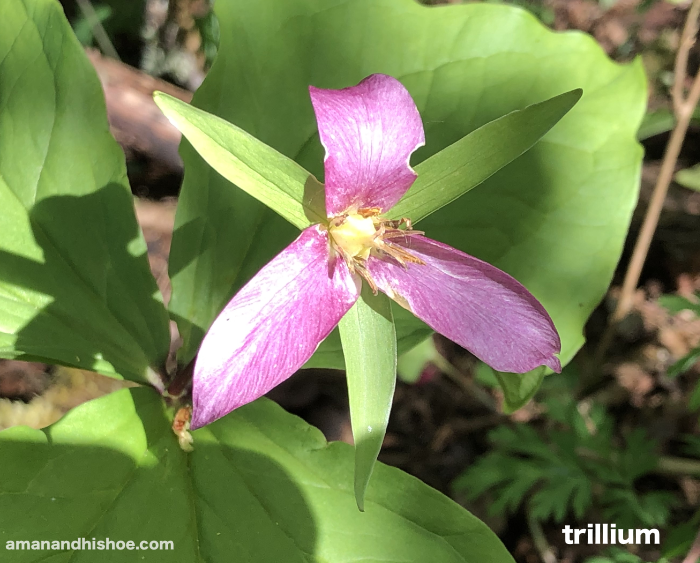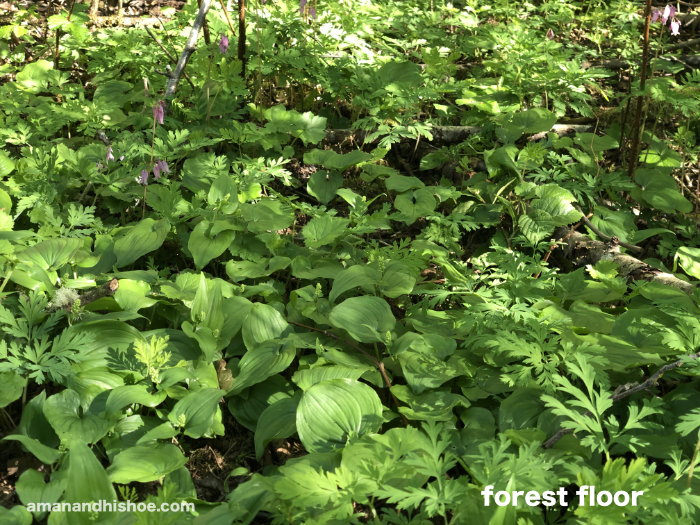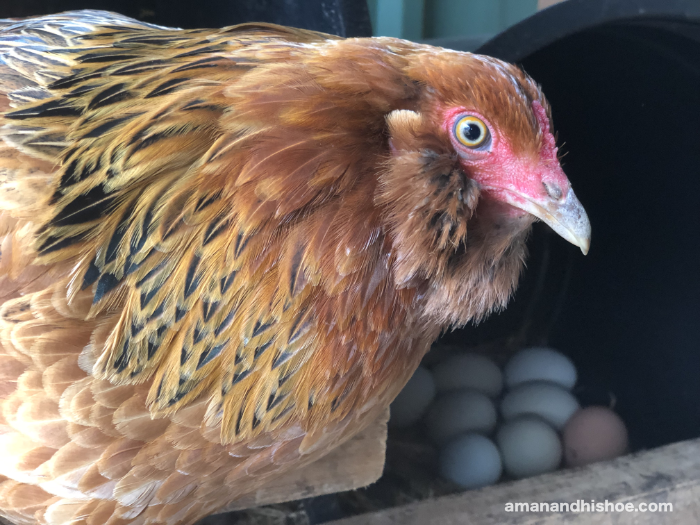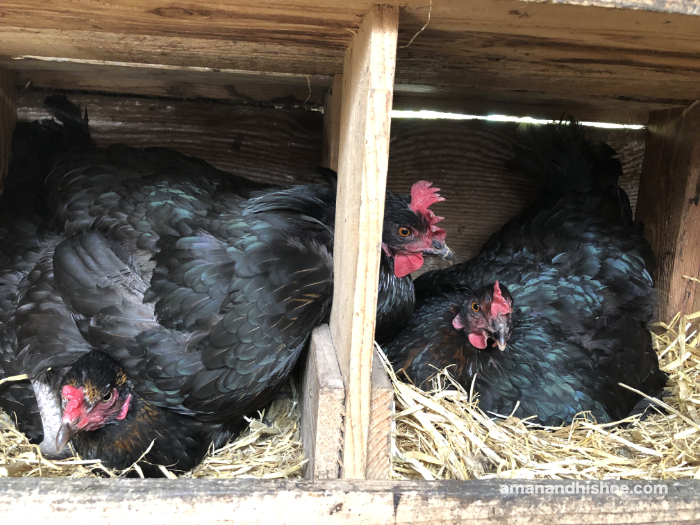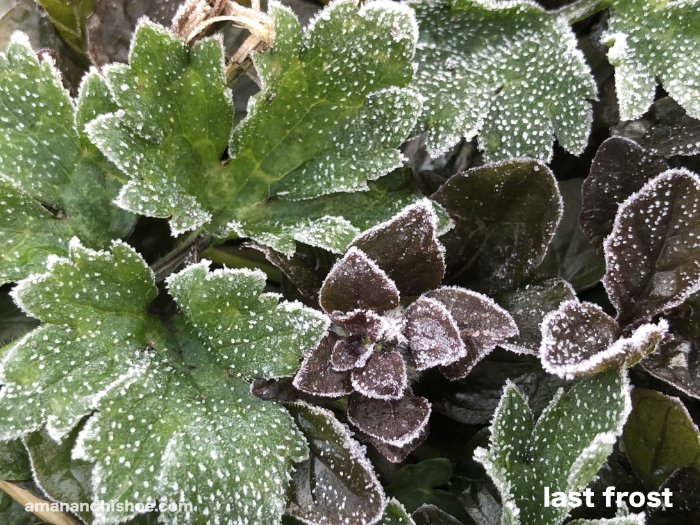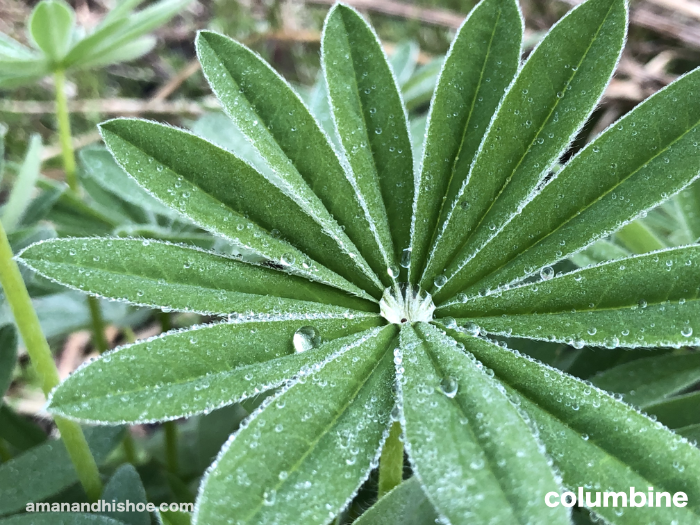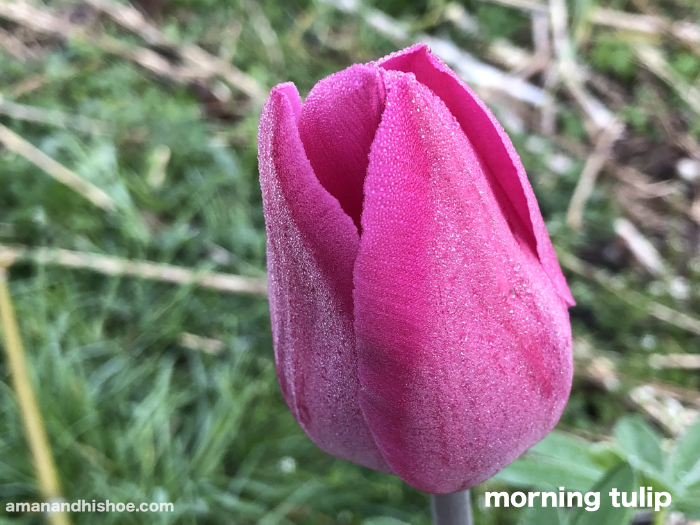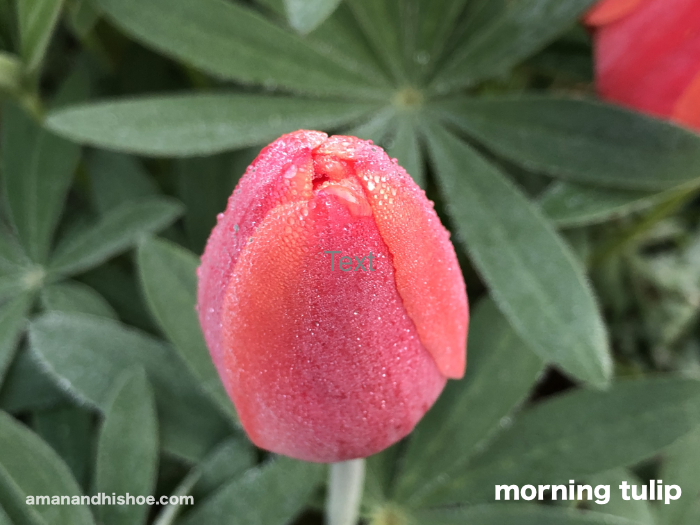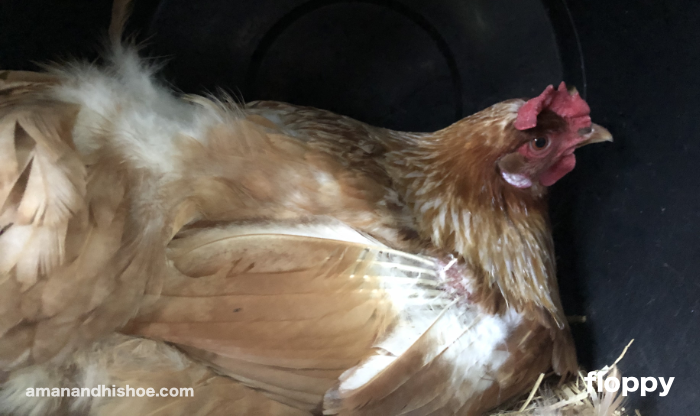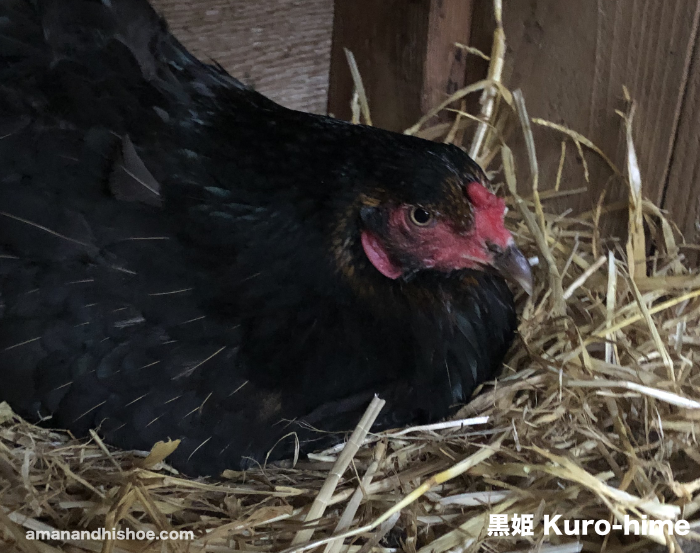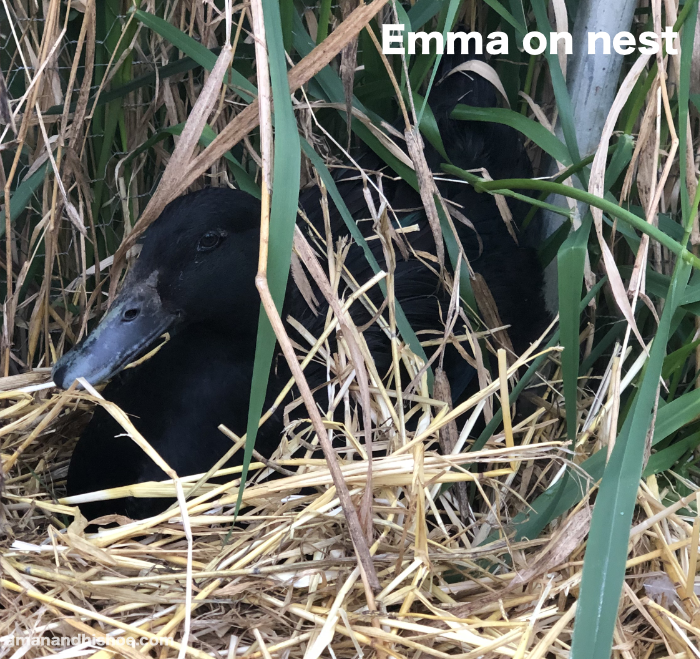
One of our duck hens had made a nest, and for the past days, I’ve been collecting the eggs the ducks laid, and adding them in the nest. I think I counted eight yesterday in the nest. This morning, when I opened the hoop house where the ducks spend the night, Emma was not there to greet me and scold me for locking her up all night the way she usually does.
I found her tucked away on the nest. What a pleasant surprise. She may just be laying an egg, though I doubt it. I’ve never caught her laying an egg at this time of day. And she hissed at me when I got close. My heart’s dancing with joy at the possibility that she is brooding.
If she is, the ducklings will be a mix of Welsh Harlequin and Welsh Harelquin-Cayuga mix. If she is brooding, today is day one. Duck eggs take twenty-eight days to hatch, which means, if all goes well, there will be beeping in her nest June 10 or so. And even if she isn’t brooding, or things don’t go well, I enjoyed a moment of great delight this morning.

The apple blossoms have lost their petals and are on their way to becoming apples. What do we call blossoms at this stage? There seems like there should be a name for them.
